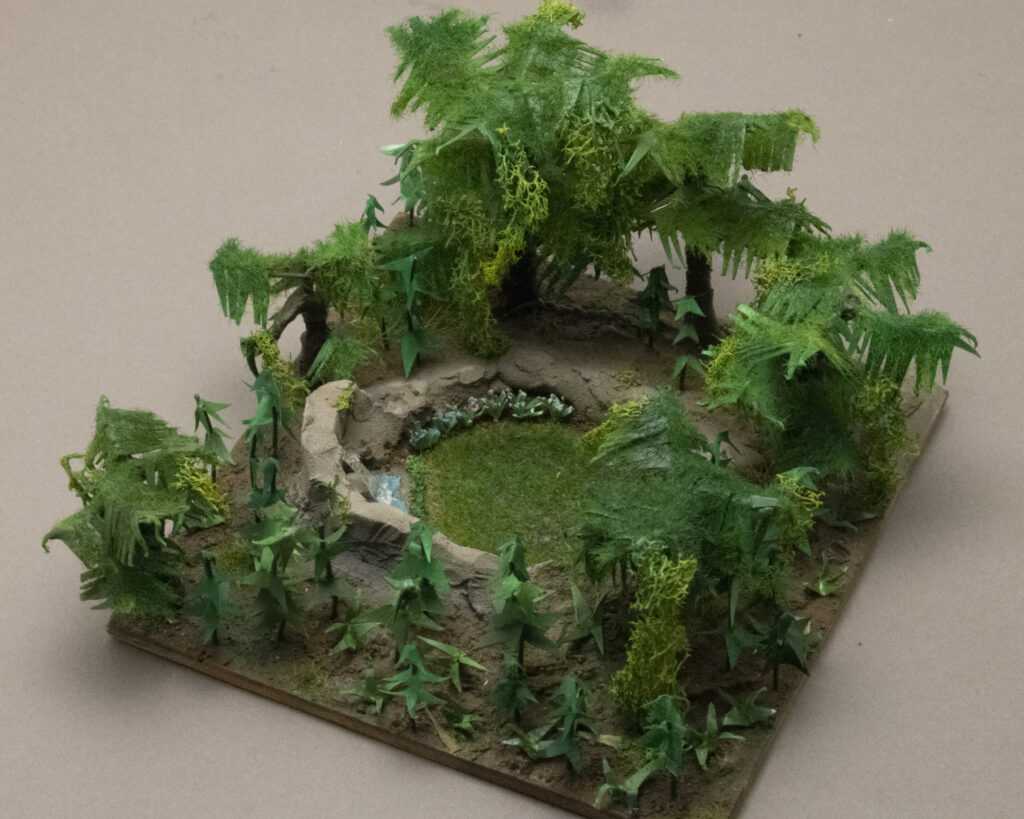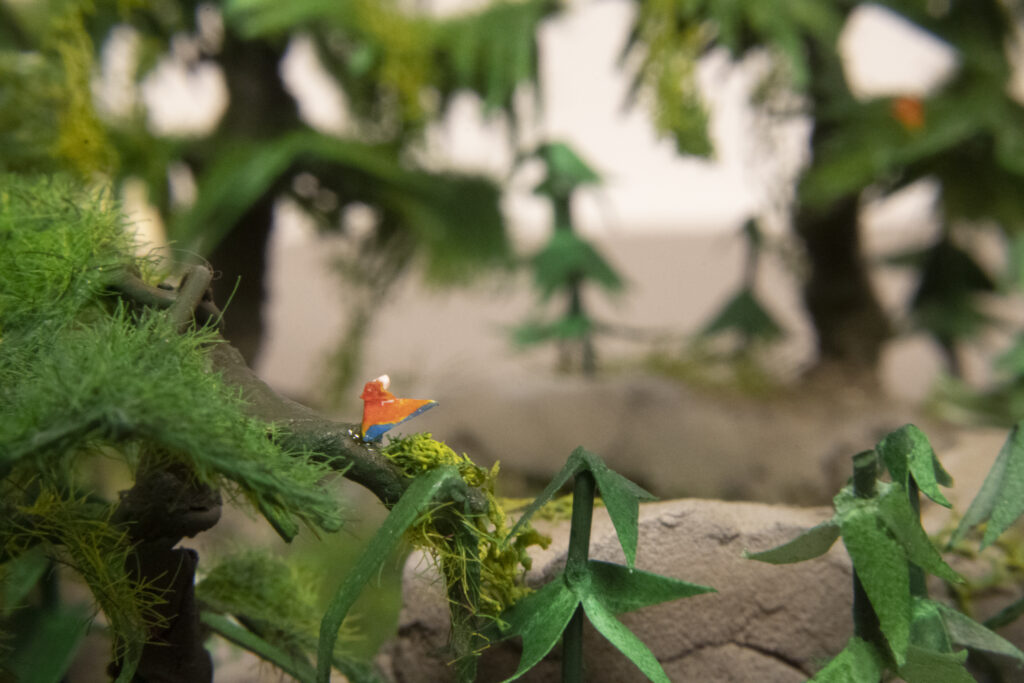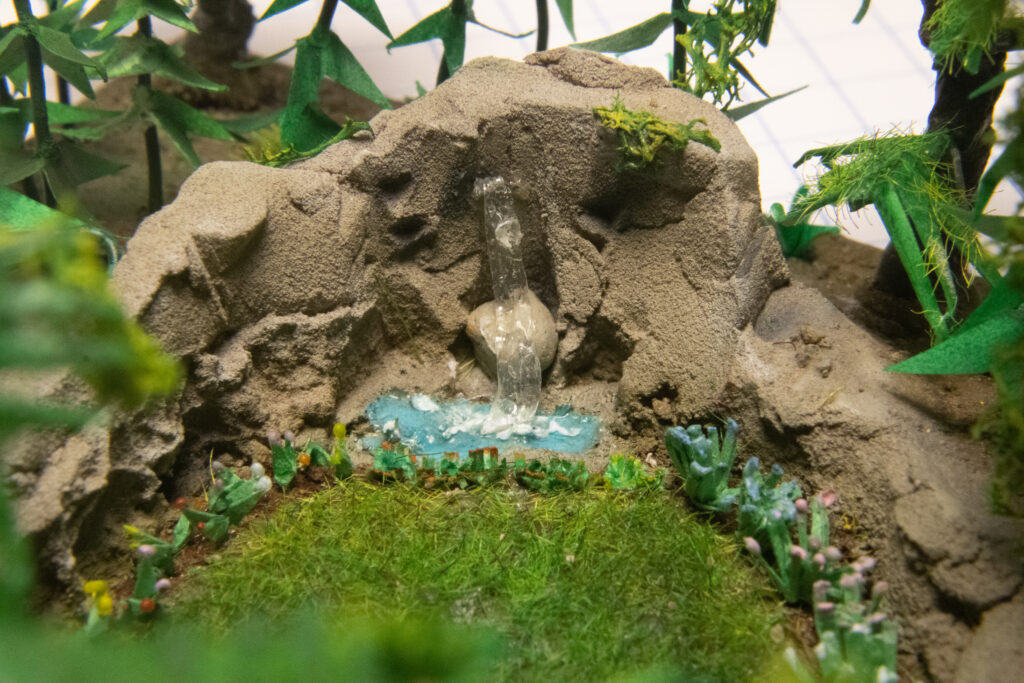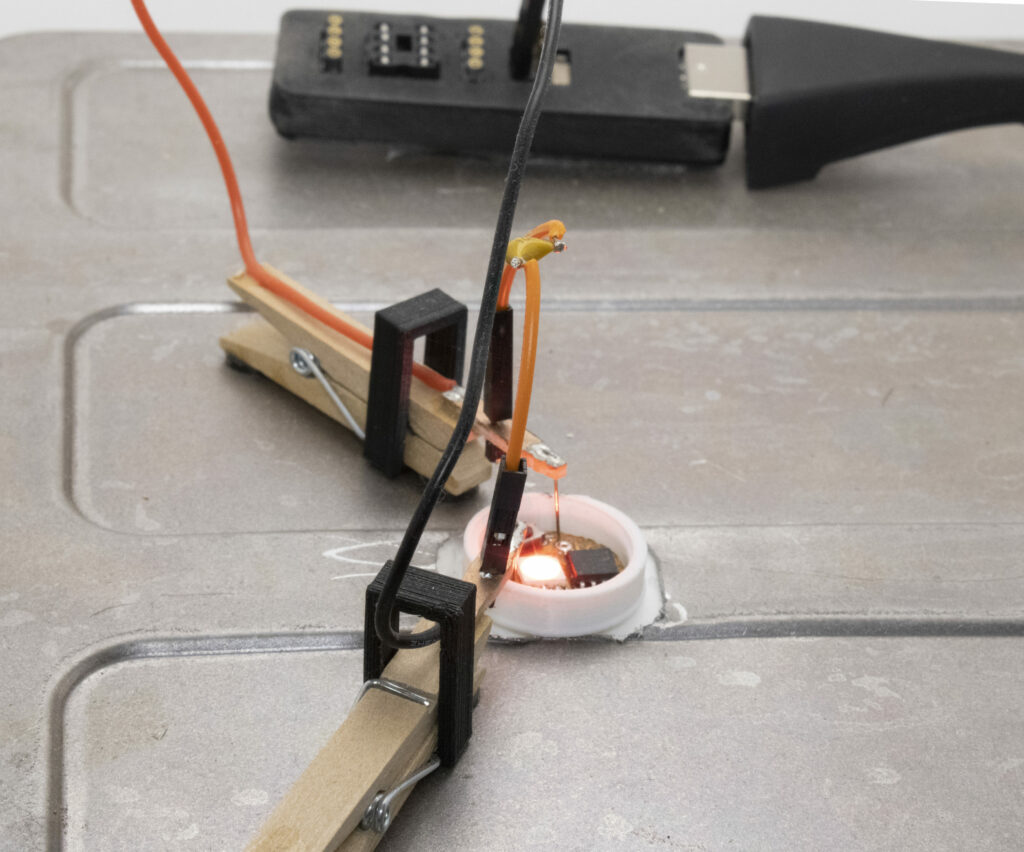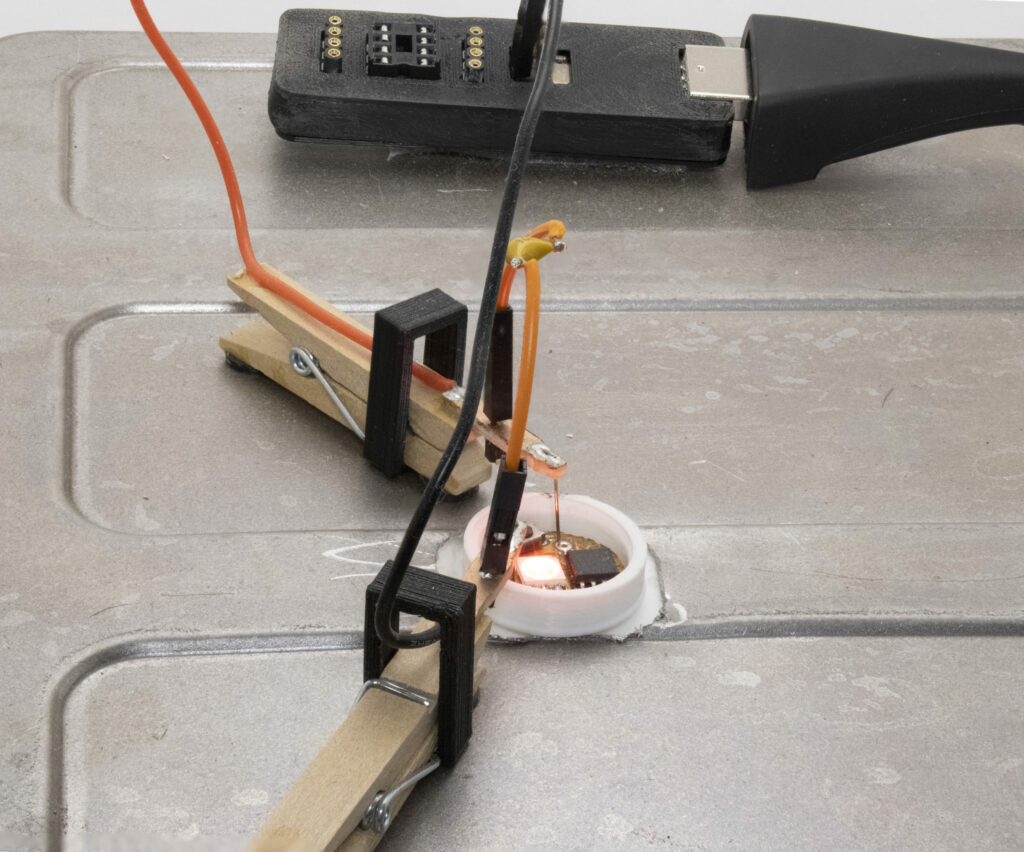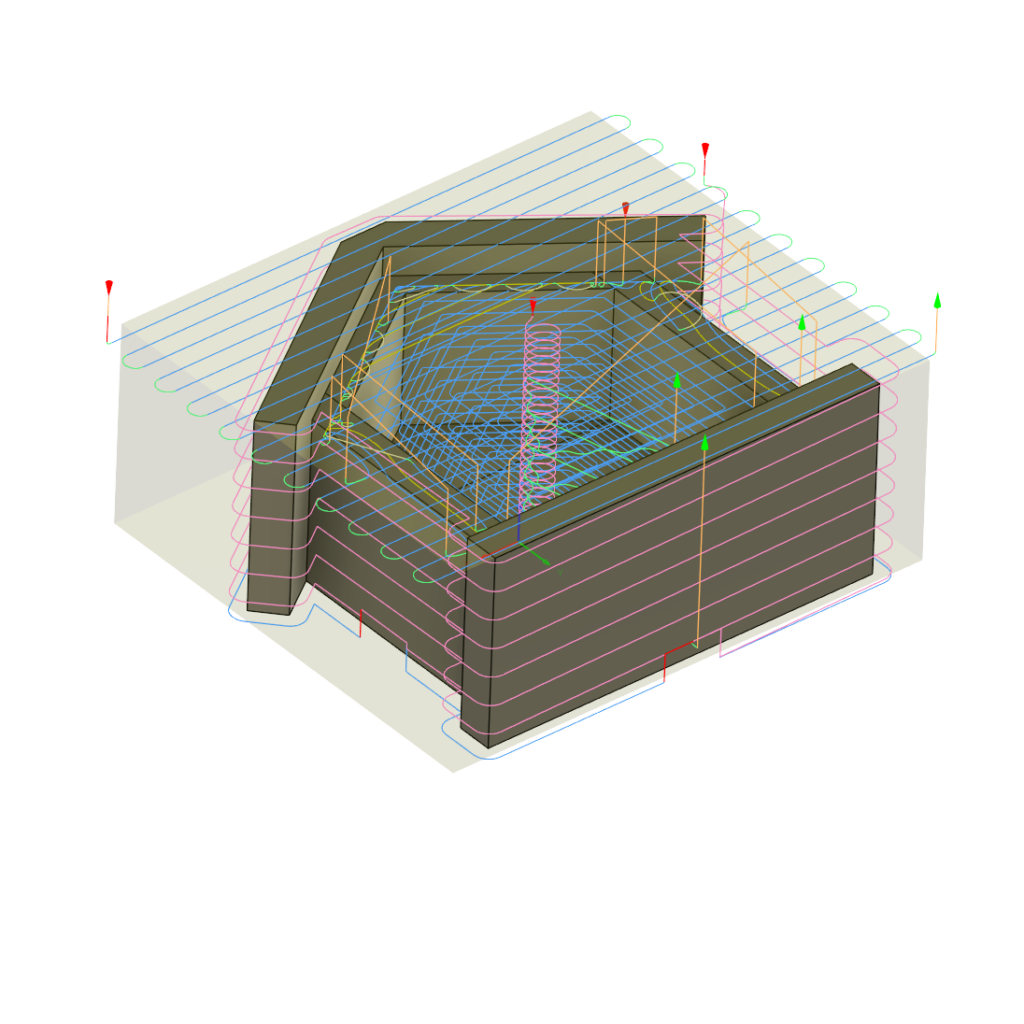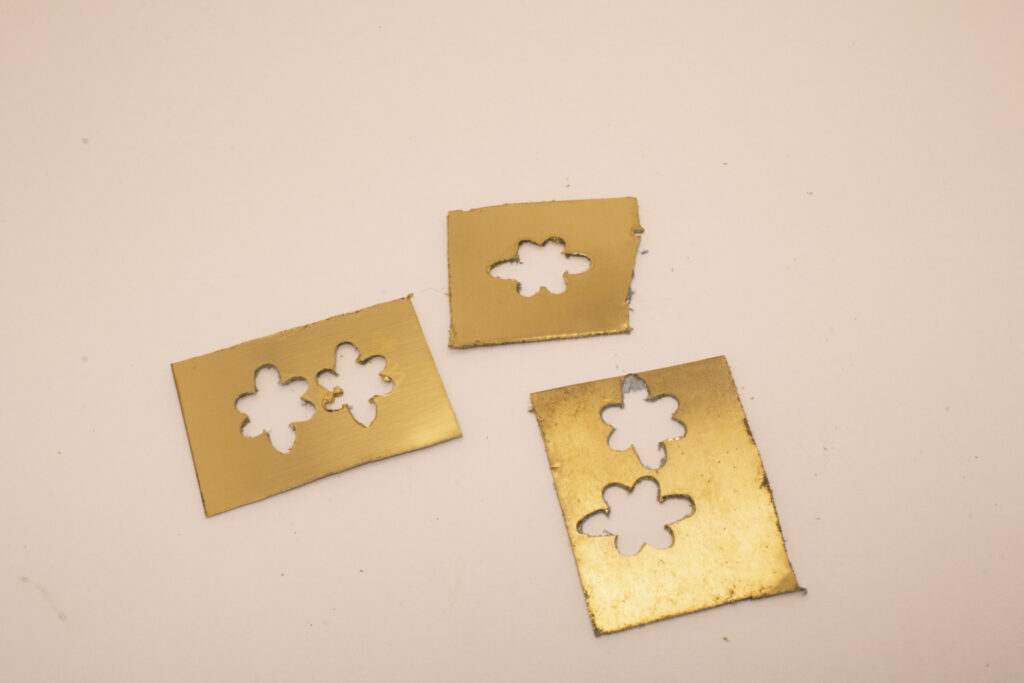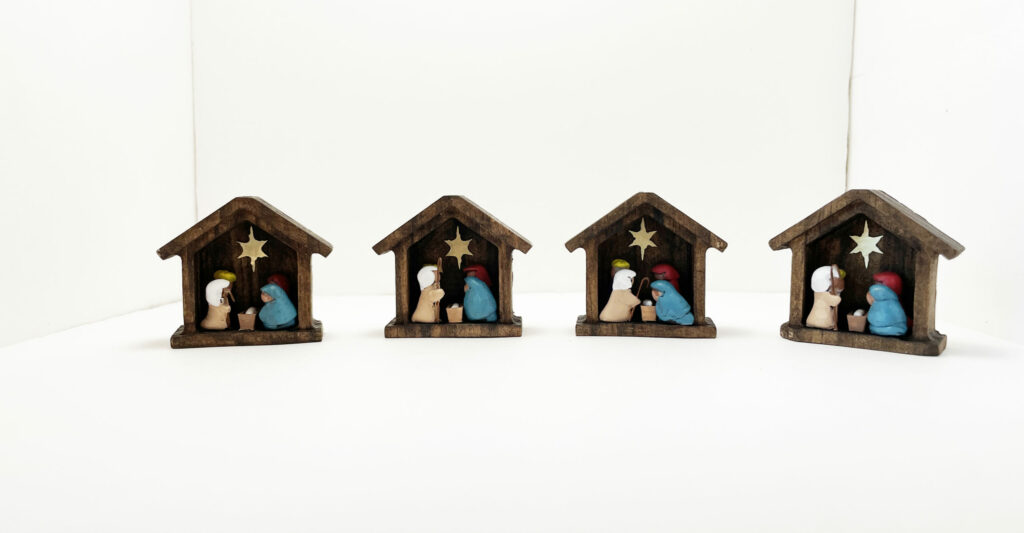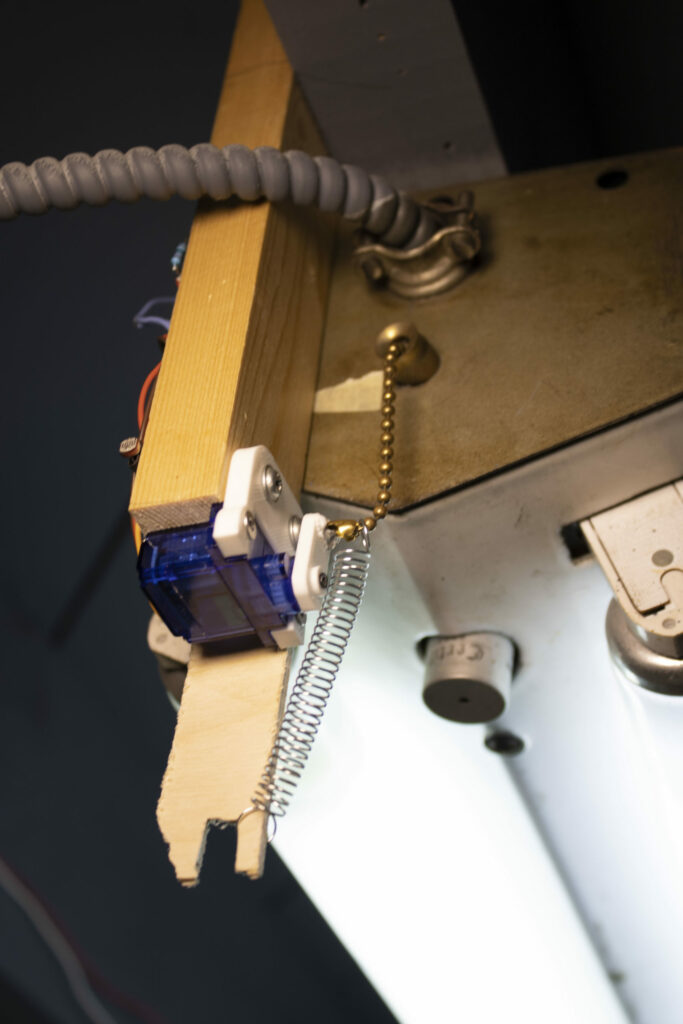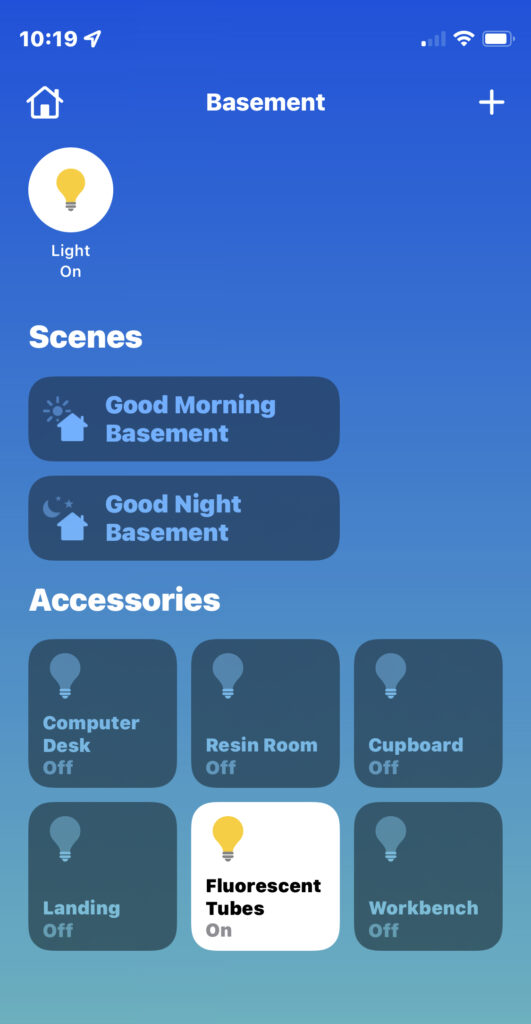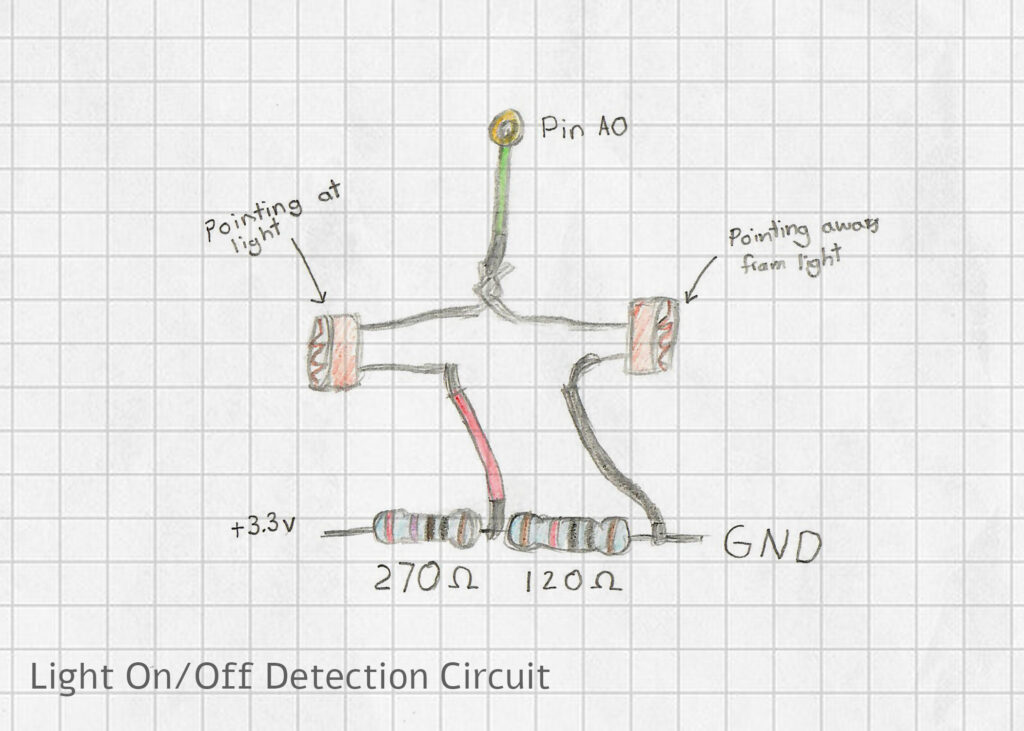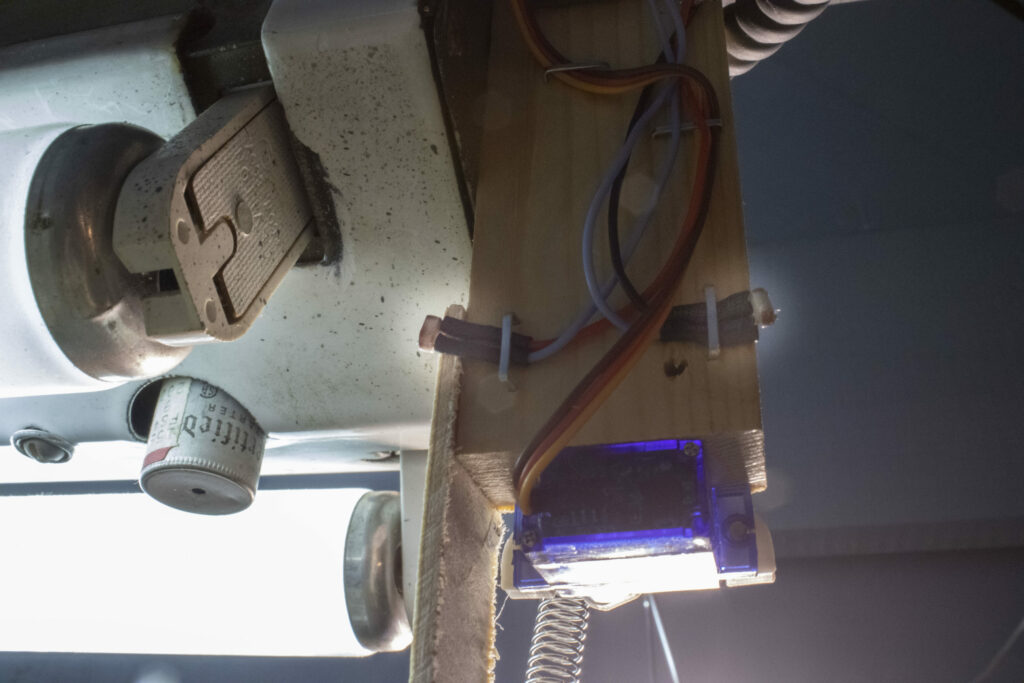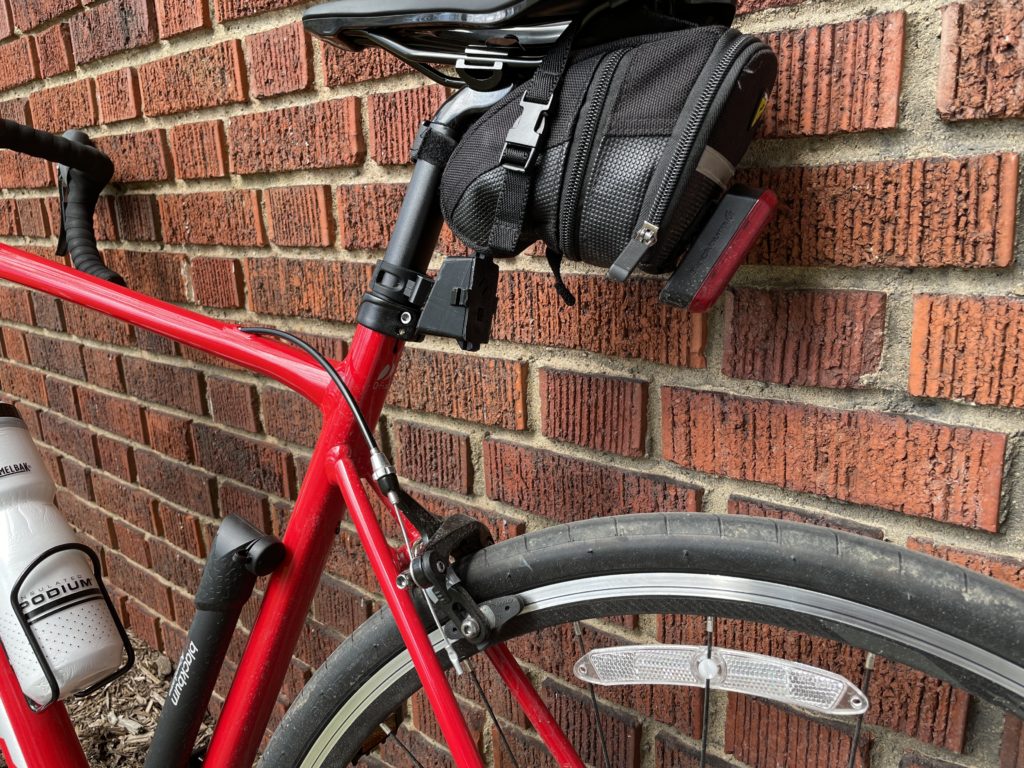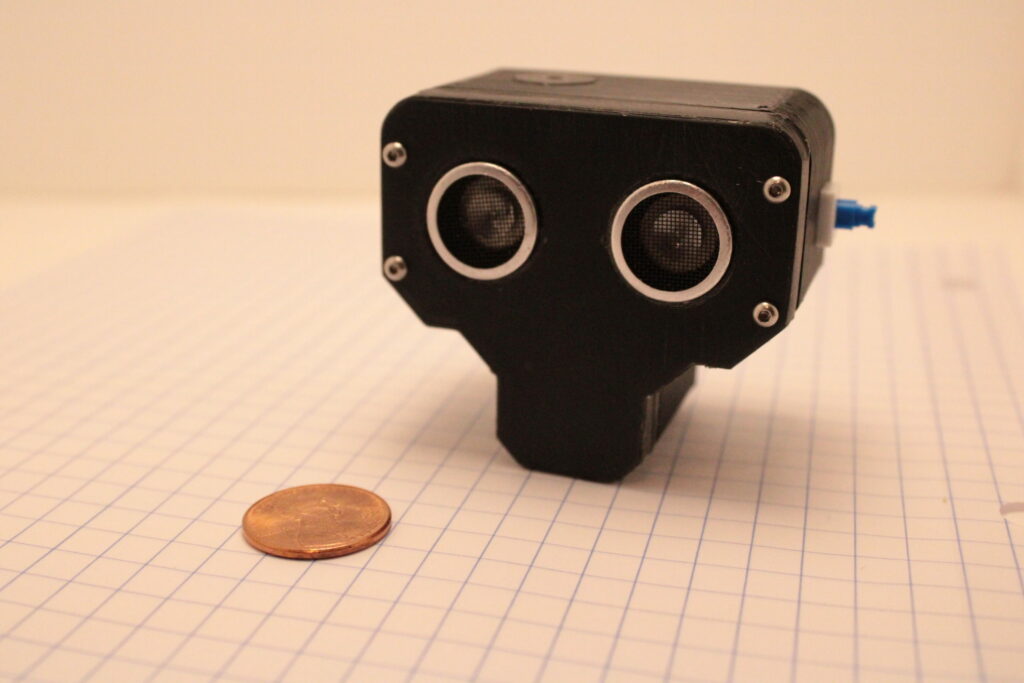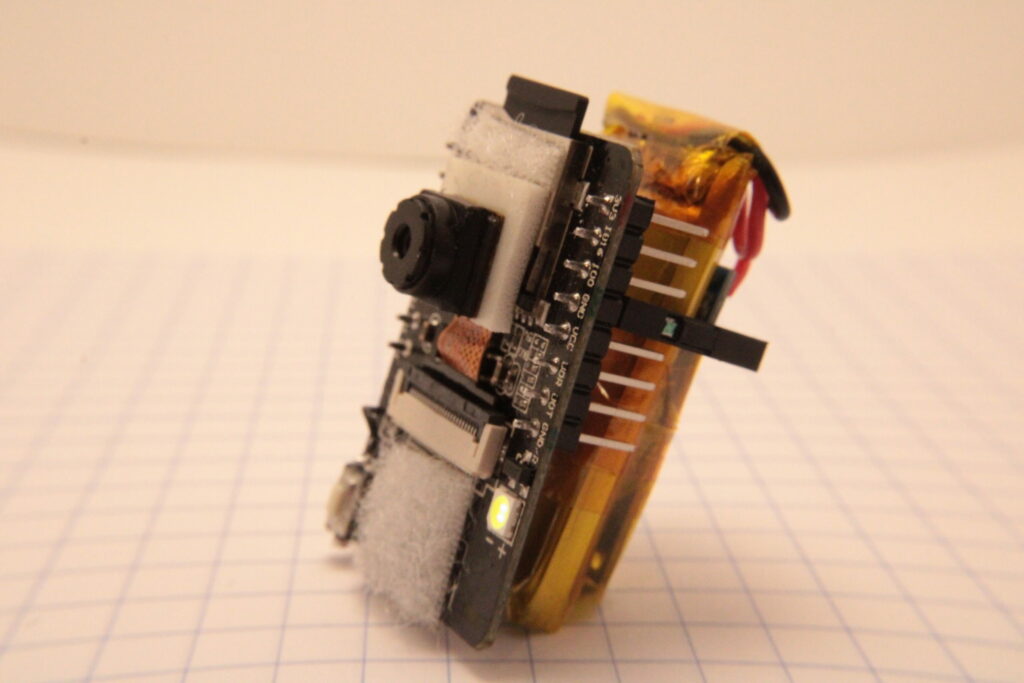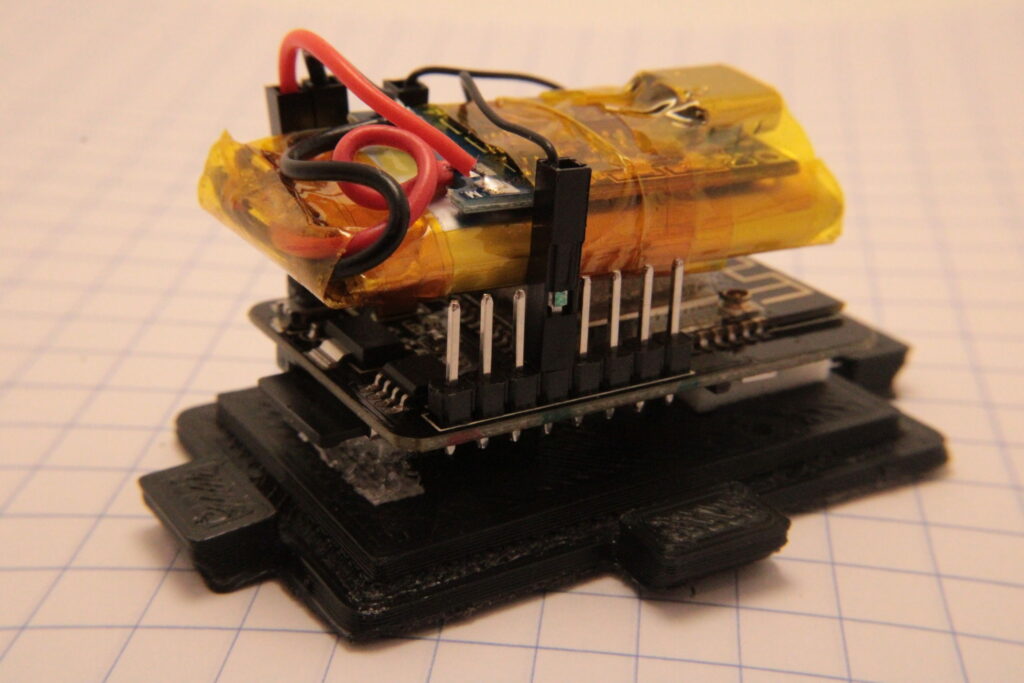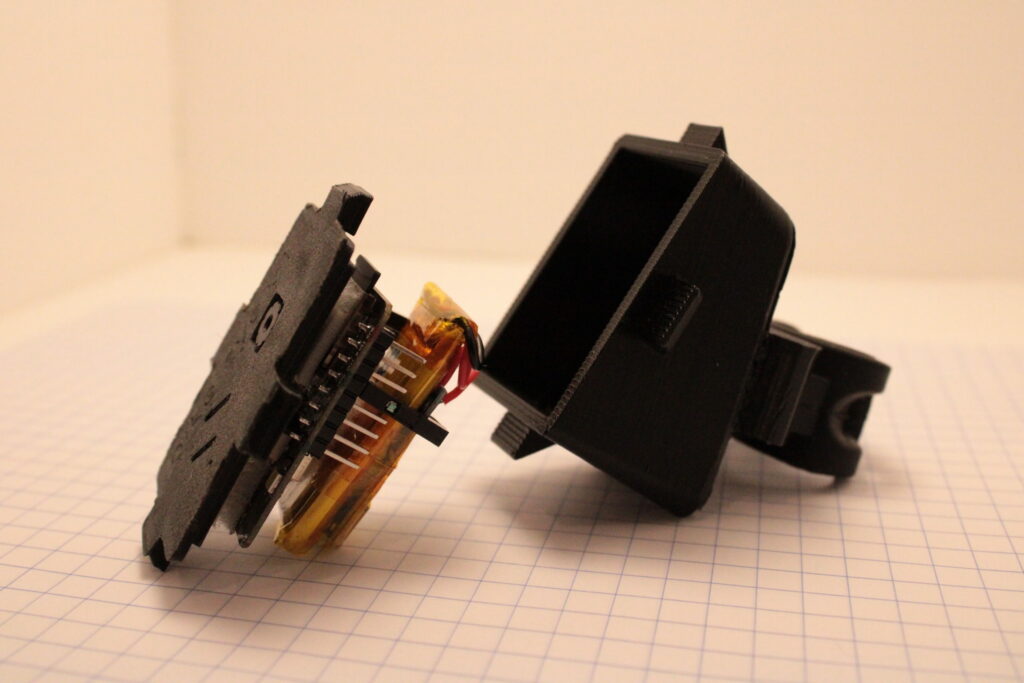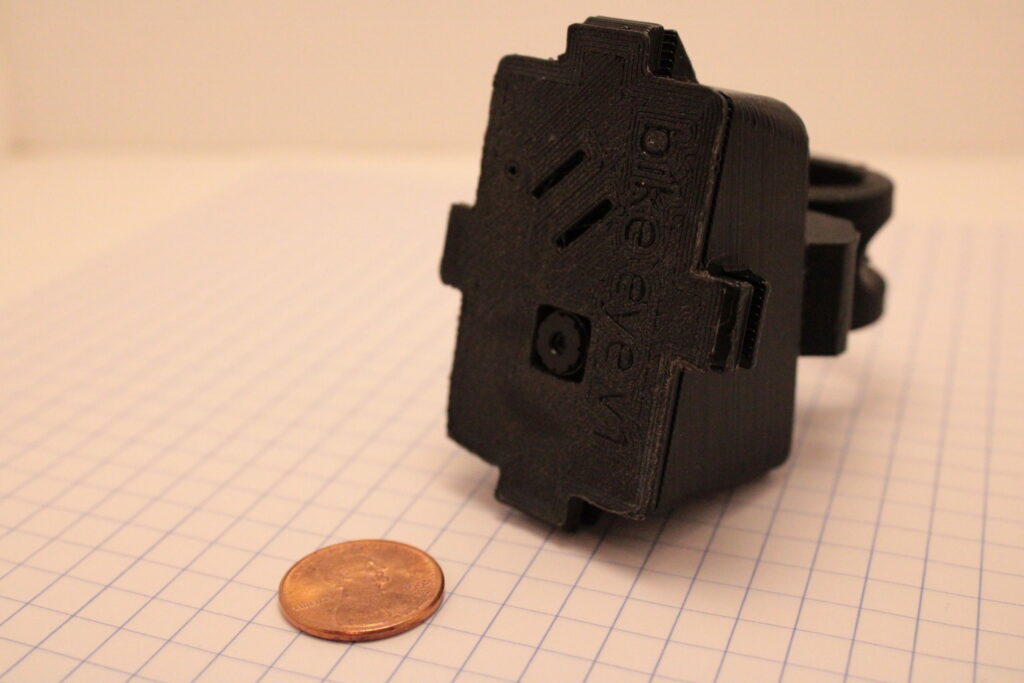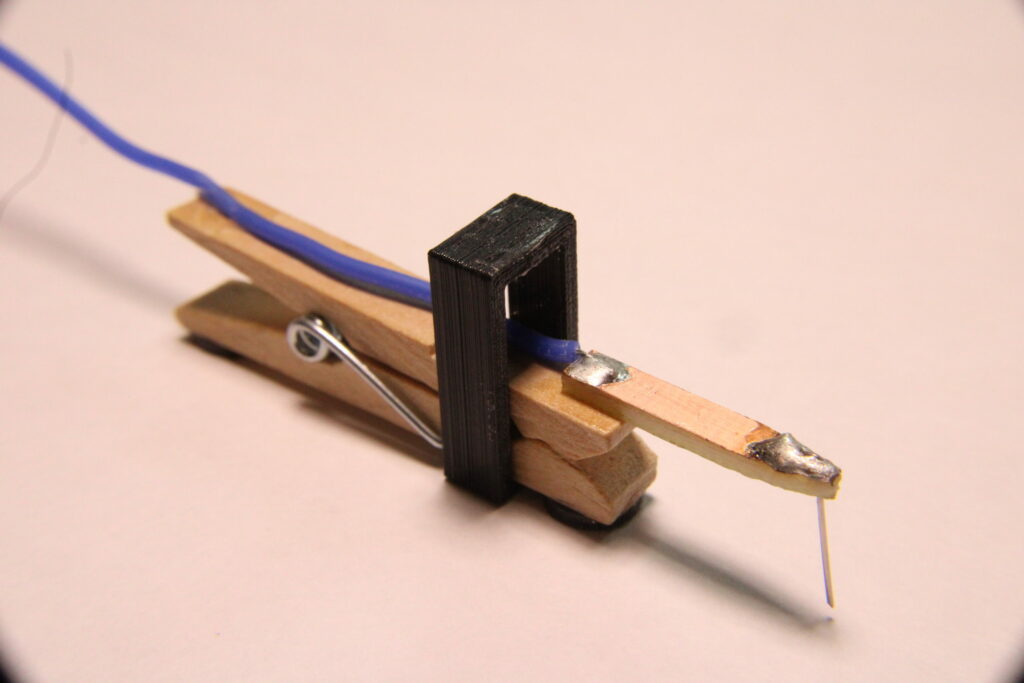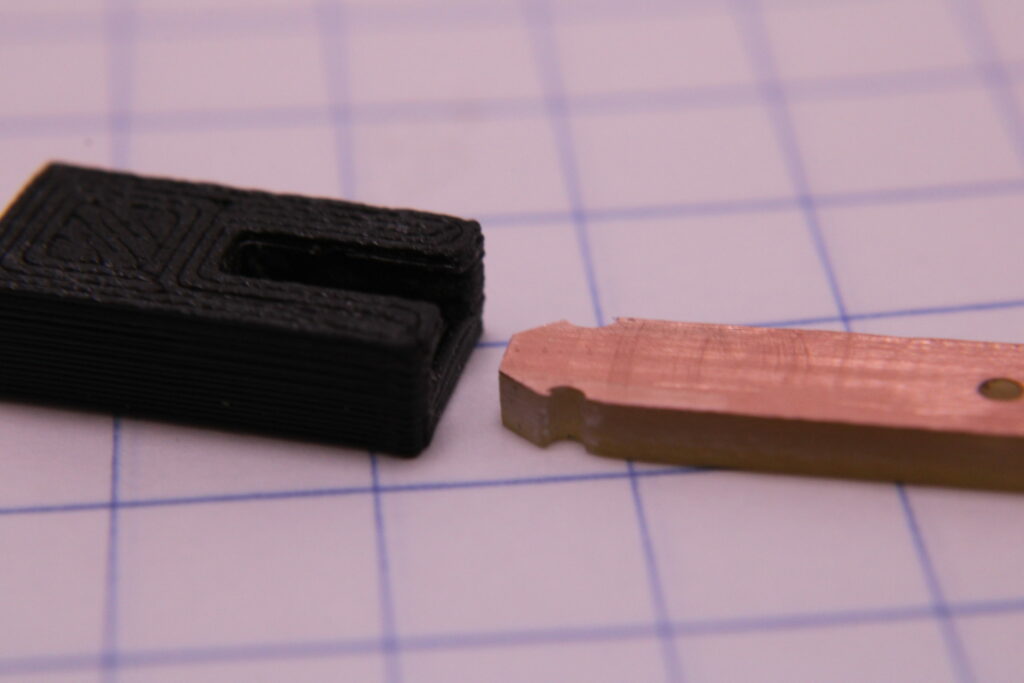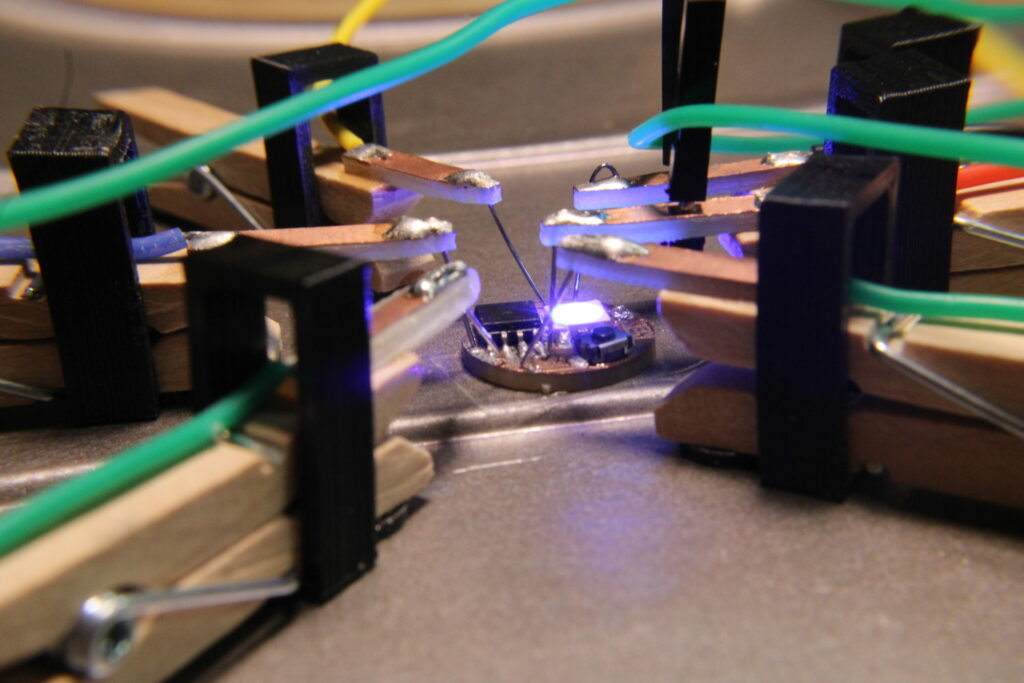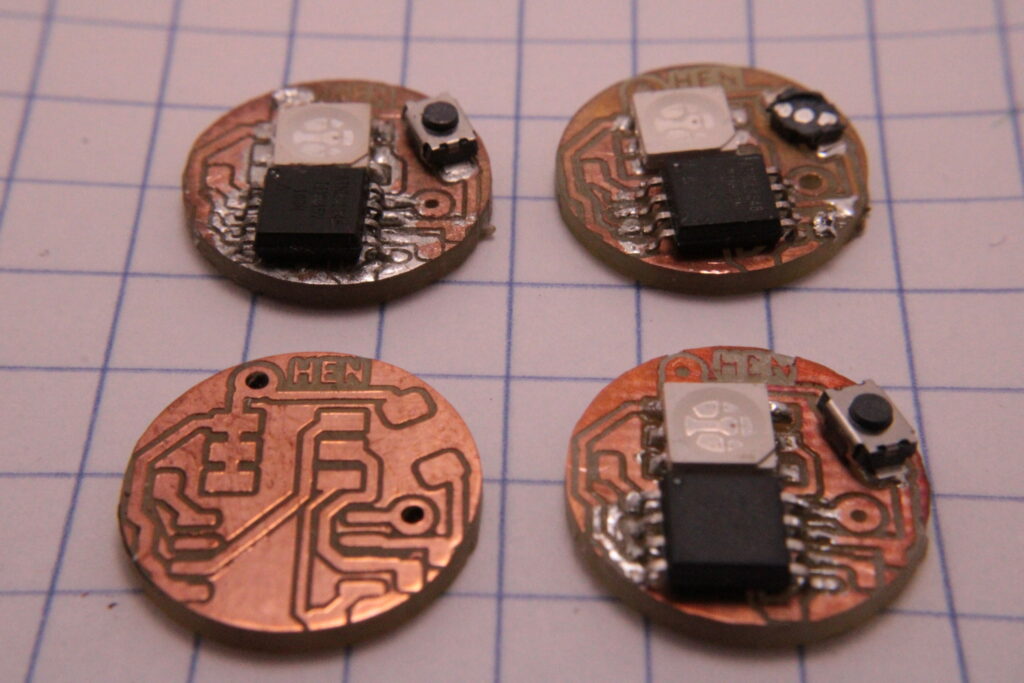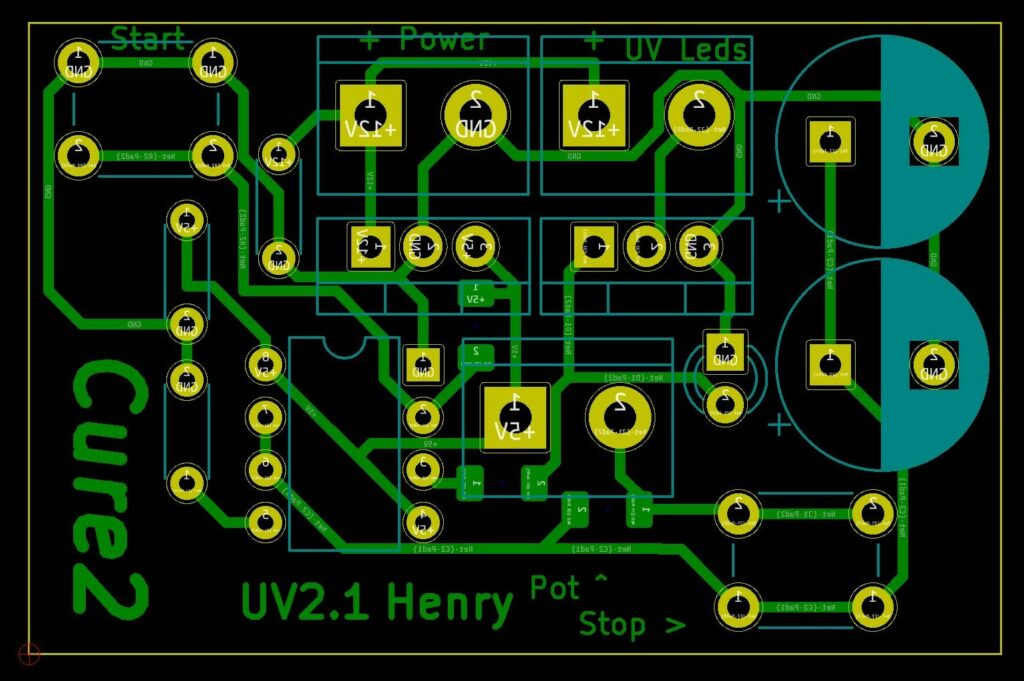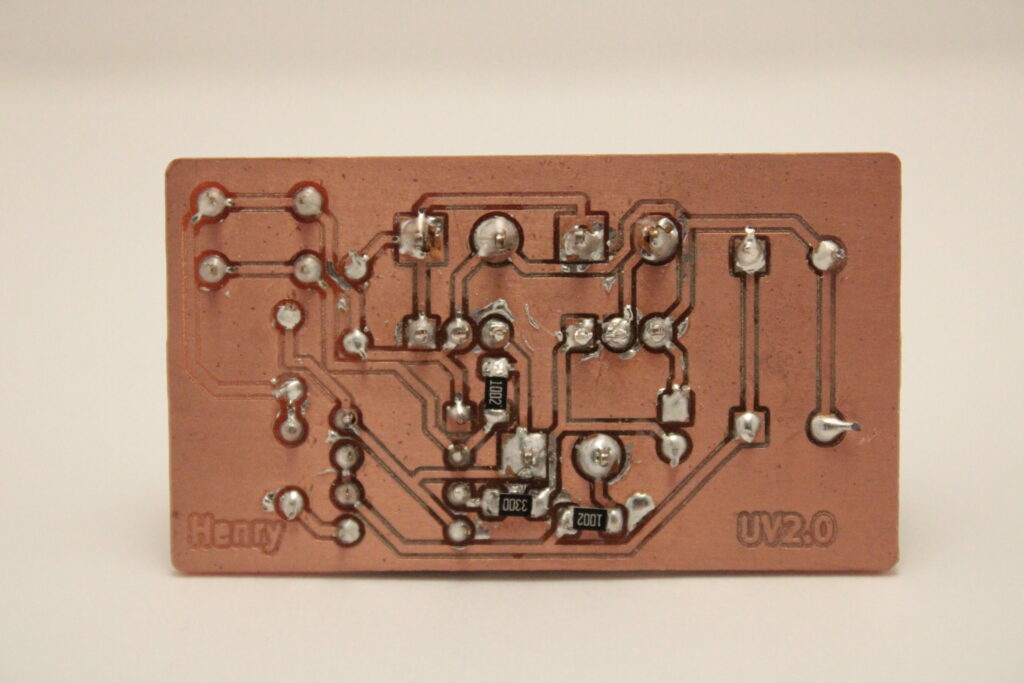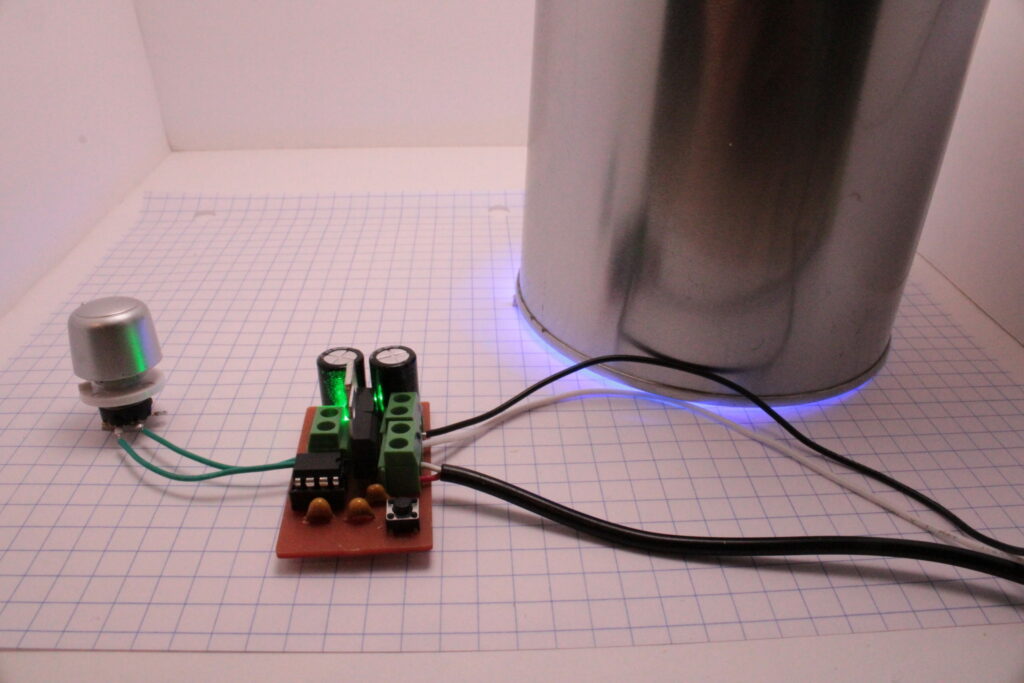Category: Art
| Year: 2023
Objectives
- Create a realistic model of a rainforest
Process
- Cut base from 3mm plywood with jigsaw
- Built terrain with spackle
- Glued dirt to base, sealed with watered-down glue
- Painted dirt and rock with airbrush
- Built trees from wire and clay
- Added texture to trunk with resin sand medium
- Painted trunk with airbrush
- Glued leaves cut from cardstock and then painted green
- Built smaller plants from cardstock and wire
- Painted with airbrush, then glued to base
- Decorated clearing in the middle
- Added static grass in the center
- Made flowers from cut, painted construction paper
- Added extra foliage with moss and static grass
- Made a monkey from wire and clay, and parrots from cardstock
Conclusions
- I am very pleased with how the scenery looks
- Using paper to make the plants worked very well
